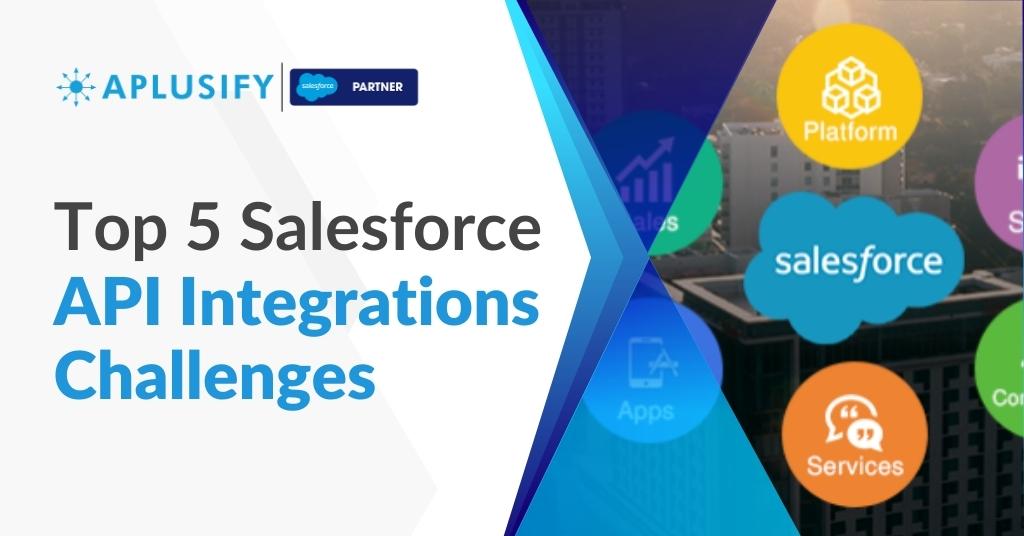Associations and nonprofits use multiple applications to manage an organization’s business processes for meetings, marketing, human resources, accounting and membership. Most of these applications are used individually and do not interact with one another. The lack of communication between the applications creates a siloed architecture where crucial information is fragmented and preserved. Applications can all interact with Salesforce serving as the home base for data. Salesforce serves as a consolidated customer data location and companies could benefit from its seamless integration.
Even though Salesforce APIs are functional and allow reliable integrations, there still can be several roadblocks that can restrict the establishment and connectivity between the applications. Here are a few hurdles you can experience.
Explore 5 Salesforce API Integrations Challenges
1. Data Mapping
One of the most obvious and frequently witnessed issues during the integration is mismatched data fields and types. The name, location and even the numeric type of data field differs from application to application. For example…
| Sample Data | Application Fields | Salesforce Field |
| Thompson Building 123 Main Street, Suite #101 |
Billing Street Line 1 = Thompson BuildingBilling Street Line 2 = 123 Main Street, Suite #101 | Billing Street |
In your Salesforce instance, you have a single view address field called “Billing street.” In the application you want to integrate, you have multiple fields for the billing address. How would you map the fields in this case?
Manual mapping becomes difficult, while coding gets tedious. Calculated planning, accuracy with the data and correct approach is the only way forward with the data mapping errors during integration.
2. Unfulfilled Connectivity Requirement
The fundamental of API integration is based on the communication between two applications and free flow of information between them. Often, this is achieved by creating a handshake between the two applications and allowing them to share the entered value through strong network connectivity. What if the network is ignored? The handshake can result in either ‘no response’ or ‘connection refused’ errors and can deny the integration.
3. End-to-End Testing
Testing is as important as the implementation itself. Developers often fail to pay attention to the testing part and therefore leave out on the important scenario that can hinder the complete setup. Furthermore, not much attention is paid to end-to-end testing resulting in loss of crucial business in the later stages of implementation followed by incorrect information is the wrong place.
4. API Limitations
Most of the API’s are limited to partial integration and need centralized layers to overcome their integration restrictions. For example, you might want to enrich in-house teams or customer information with data available on your social media handles. In another common scenario, you might have multiple CRM systems but you want to create a unified view for everyone accessing customer data on the road. Restriction needs to be addressed beforehand as unhandled restrictions can increase challenges for the backend infrastructure.
5. Unresponsive Third-Party Collaboration
Support from a third-party team collaboration is considered as an important aspect of API integration as inputs are often needed from the third-parties to make the integration successful. Having failed to optimize this can lead to application failure, denied access to products and services, and API restrictions throughout the process. Troubleshooting skills and knowledge of the API plays a vital role in dealing with third party errors.
Applications have different API structures, available with different system logics across the platform. In general, these challenges of API integrations can be avoided by developing a clear strategy that is anticipated with unexpected hangups.
More Information
Looking for strong, collaborative, and smooth Salesforce integrations? View our webinar recording: Minimize Technical Hurdles during a Salesforce API integration:Mitigate issues that will corrupt your data and cause instability within your Salesforce Ecosystem.

